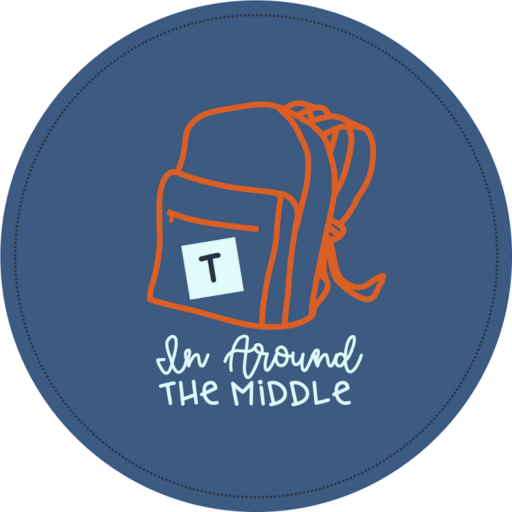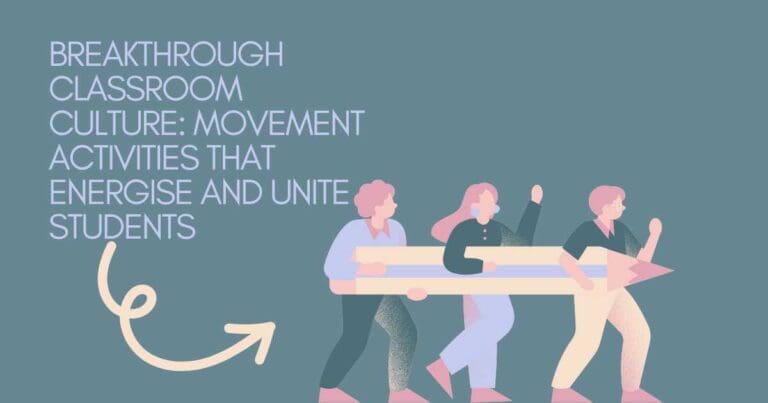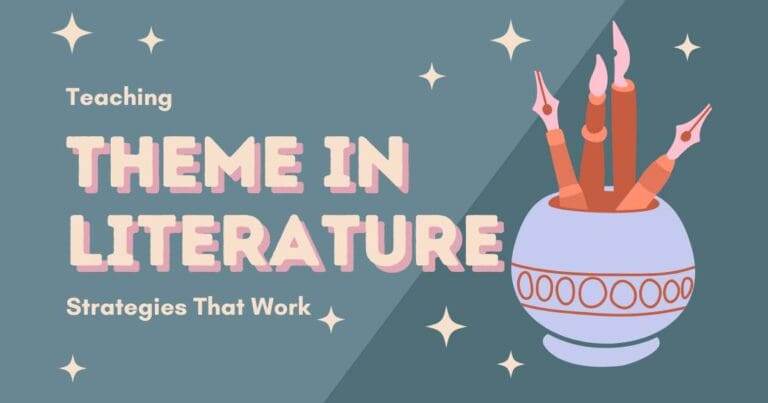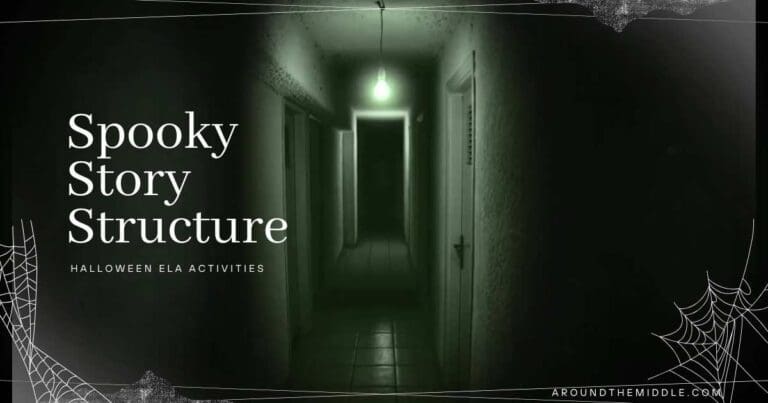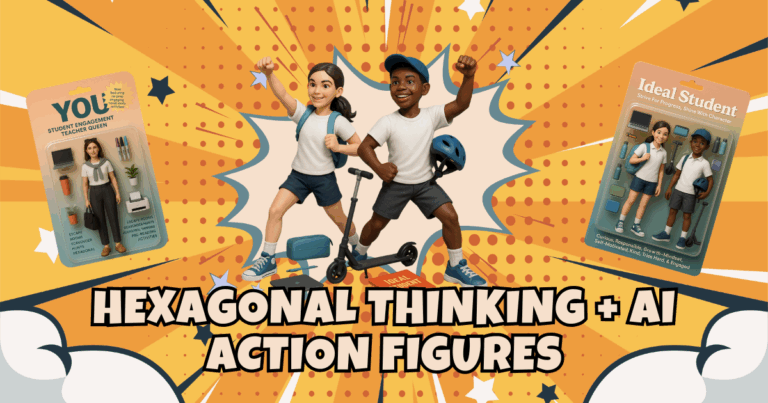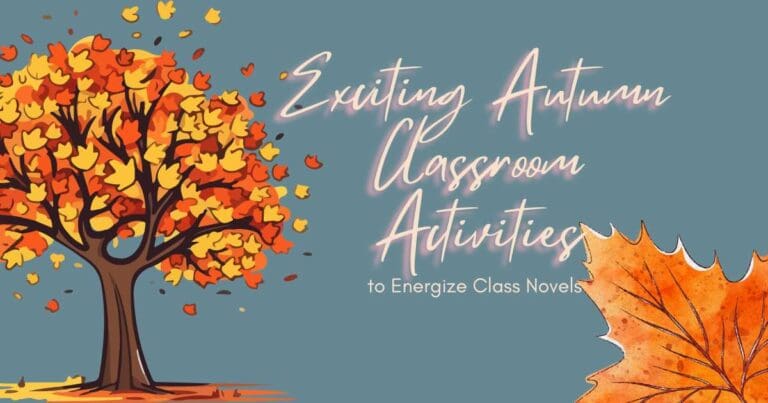From Chaos to Connection: The Magic of Movement-Based Activities in the Classroom
If I had a dollar for every time a student asked, “Can we PLEASE go out for fitness?”—I’d be sipping coffee in a hammock somewhere, probably still laminating task cards. Let’s face it: kids weren’t built to sit still all day, and frankly, neither were we.
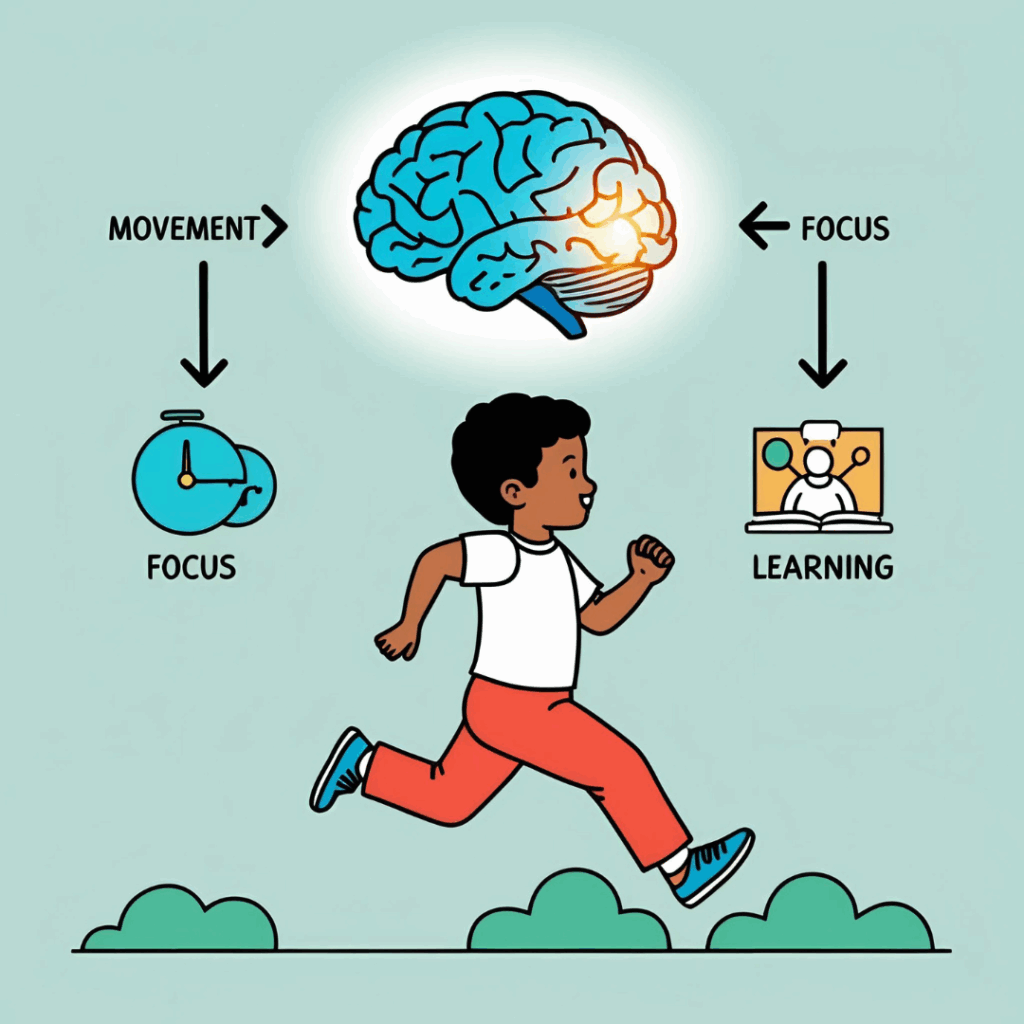
I’m a big believer in movement-based activities—not just because they make the classroom more fun (although they definitely do), but because they actually work. The majority of my resources are built around this simple idea: when students are moving, they’re engaged, and when they’re engaged, they’re learning. If you are struggling with behaviours in the classroom, then weaving these activities into your day may be your perfect solution. As a bonus, they can be low-prep too!
So, let’s talk about why it matters, the magic behind it, and how you can bring more movement-based activities into your classroom without creating more work for yourself.
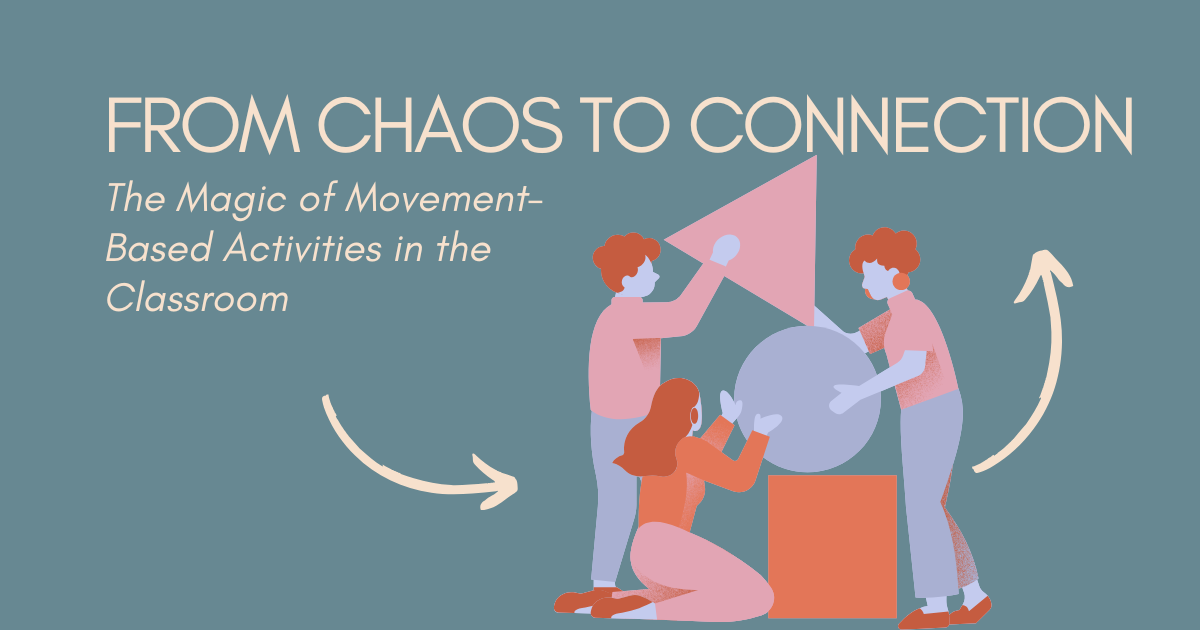
Why Movement Matters
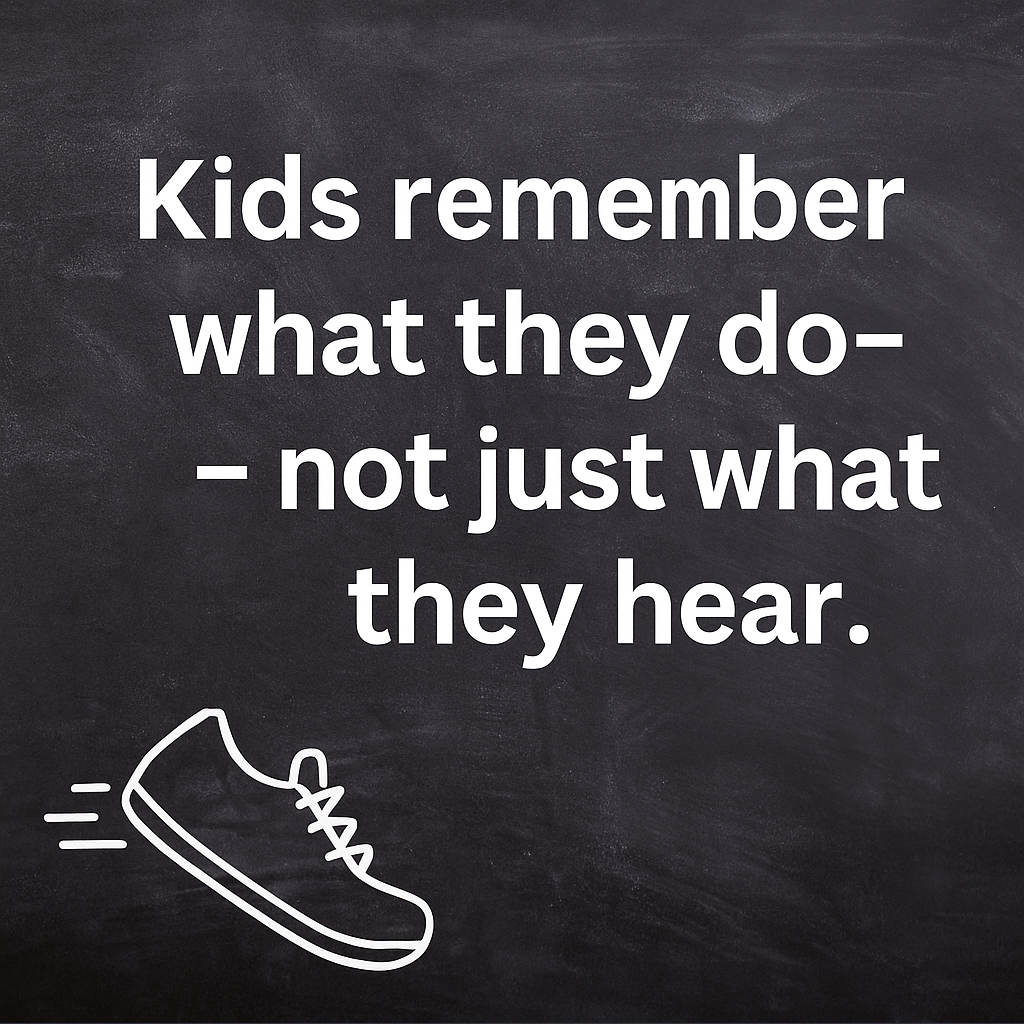
Research backs it, but any teacher with a room full of 11-year-olds could tell you: kids need to move. Movement boosts focus, improves memory, and helps manage emotions. It gives an outlet to all that buzzing energy that might otherwise show up as chair-tilting (and before you ask, yes, I do have wobble stools in my room), or pencil-drumming.
Even more importantly? It makes learning feel alive. Kids remember what they do—not just what they hear.
The Benefits of Movement-Based Activities

- More Engagement – When students are actively doing, they’re not zoning out.
- Deeper Learning – Movement links to stronger memory retention.
- Better Collaboration – Many movement-based activities naturally lead to teamwork, conversation, and problem-solving.
- Improved Behavior – Structured movement helps manage energy and reduce distractions.
Low-Prep Movement-Based Activities for the Classroom
This doesn’t have to mean dragging out a million props or rearranging your furniture every week. Most of my favorite movement-based activities are low-prep but high-impact.
🕵️♀️ Scavenger Hunts with Substance
One of my go-to formats for pre-reading, reviewing concepts, or digging into figurative language is the classic scavenger hunt. Students move around the room (or even around the school), tracking down answers, solving riddles, and making content connections along the way.
- Try a pre-reading hunt like this one for The Crossover where students learn about the history of basketball as they walk around the room finding answers and solving the code. It sparks curiosity before chapter one and gets them moving and talking with each other about what they are reading.
- Or a figurative language hunt where students identify similes, metaphors, and personification from their class novel as they race from one card to the next to solve the final codeword and number.
- Want to shake things up? Take it school-wide with an Around-the-School Scavenger Hunt—a great way to review or kick off a new term with some fresh air and energy, run off the holiday excitement, or do some team building with riddles and fun.

🔐 Escape Rooms That Get Kids Up and Thinking
Escape rooms combine movement, teamwork, and critical thinking—all wrapped in a layer of mystery and fun. What they don’t need to involve is a lot of cutting, envelopes, and prep. Students solve challenges that require close reading or content review, as they work toward their “escape.”
I do these with my novel study review escape rooms, which works great as a comprehension check at the end of the book. Watching students answer the comprehension questions while physically moving from clue to clue? Perfect. They’re learning. They’re thinking. They’re EXCITED. Personally I don’t use these for my summative assessment as I find that students get more out of it if I let them discuss and debate the answers as they go. This also allows for my strugglers to still be successful with the escape room as well.
🖼️ Interactive Gallery Hunts
Imagine a cross between a museum walk and a problem-solving game. Students rotate through posters or stations that challenge them to answer questions, make inferences, or analyze texts or images. They’re up, they’re engaged, and they’re doing way more thinking than they would sitting with a worksheet.
If your looking for new ways to do this, I personally use this format in my Media Literacy unit on camera angles and emotions, and my Figurative Language word wall gallery walk. Both are super easy to set up—print, post, and go, and honestly some of my absolute best lessons in terms of engagement and student conversations.
🔄 “Scoot” Games and Station Rotations
Oldies but goodies. Students move desk to desk (or poster to poster), tackling short tasks at each one. Add in quick brain breaks between rotations—like “do 5 jumping jacks before your next card!”—and you’ve got learning and laughter rolled into one.
These activities are easy to make with question slips, vocab cards, or even sticky notes. Perfect use for those cheap sticky notes that only stick for about 20 minutes!
⚖️ Pre and Post-Reading Novel Debates
I wrote about these more in-depth last week here. But this can be another great way to start off a class novel or new unit of work. Put a debatable statement on the board based on the themes and events in the novel, and have students physically move to the “agree” or “disagree” side of the room. Then, they explain why. It works as a great hook for a new book or topic and get’s them out of their chairs and thinking.
Movement Doesn’t Mean Chaos
Let’s be real—some teachers shy away from movement-based activities because they’re worried about losing control. Totally valid. But with a few simple structures in place, it can actually improve classroom management.
Tips to keep things smooth:
- Set clear expectations before you start.
- Use music or timers if transitions are needed.
- If it’s a group activity give roles within teams (reader, recorder, clue-checker, etc.)
- Model what movement looks and sounds like in your space.
Your role is to walk around and ask them questions when you notice incorrect answers or thinking, ask guiding questions when they seem to be stuck, and smile, shrug and walk away grinning when you want them to struggle (grab my freebie on guiding productive struggle here). For more on productive struggle, start with this blog post.
Final Thought: Let Them Move!
Movement-based activities aren’t just a “fun extra.” They’re a powerful strategy that increases engagement, builds community, and helps content stick.

So, if your students are restless, your lessons are dragging, or you’re just ready for a little energy boost—try one movement-based activity this week. Whether it’s a scavenger hunt, a gallery walk, or a silly station game, you might be surprised how much learning (and joy) you uncover along the way.
You can grab ready-to-go pre-reading activities (like scavenger hunts, escape rooms, debate packs, and gallery walks) in my TPT store, or try making your own with your students’ interests in mind. While you’re at it, grab my free teaching guide for supporting productive struggle in the classroom.
And remember, let them move. You won’t regret it.
Happy teaching
